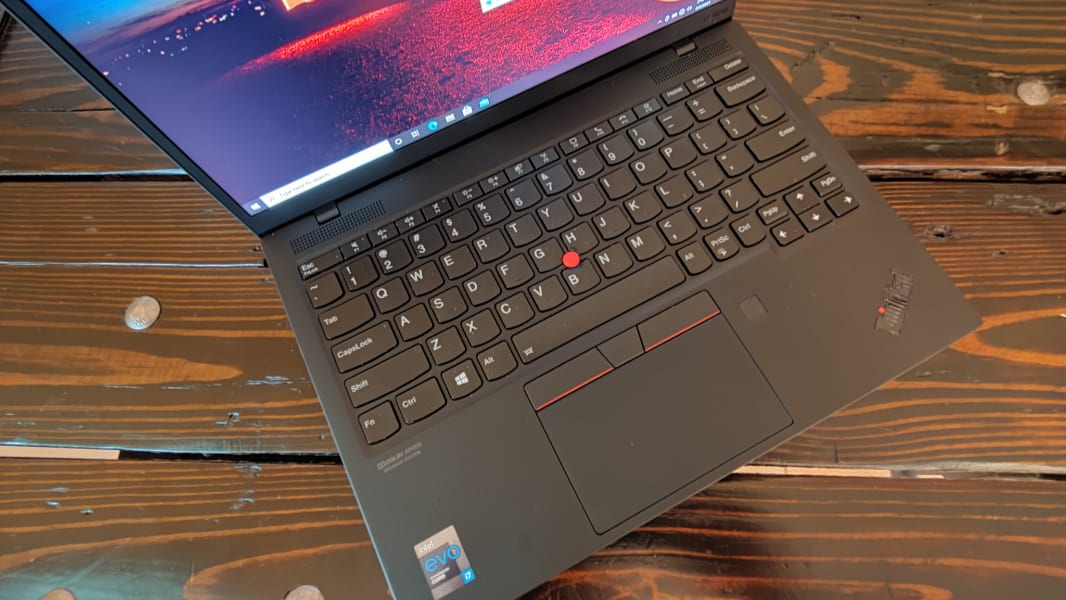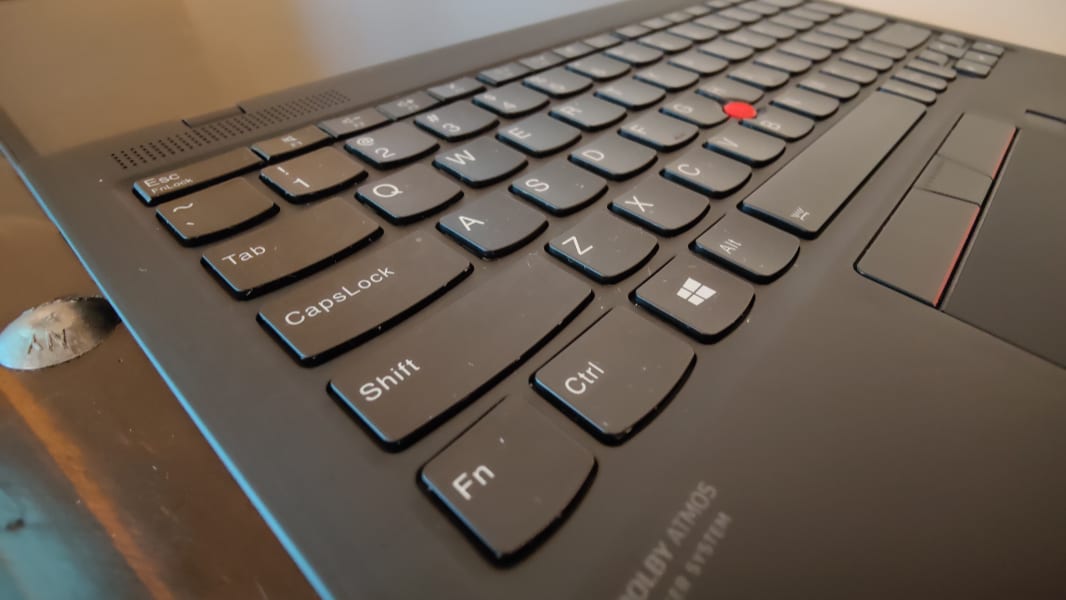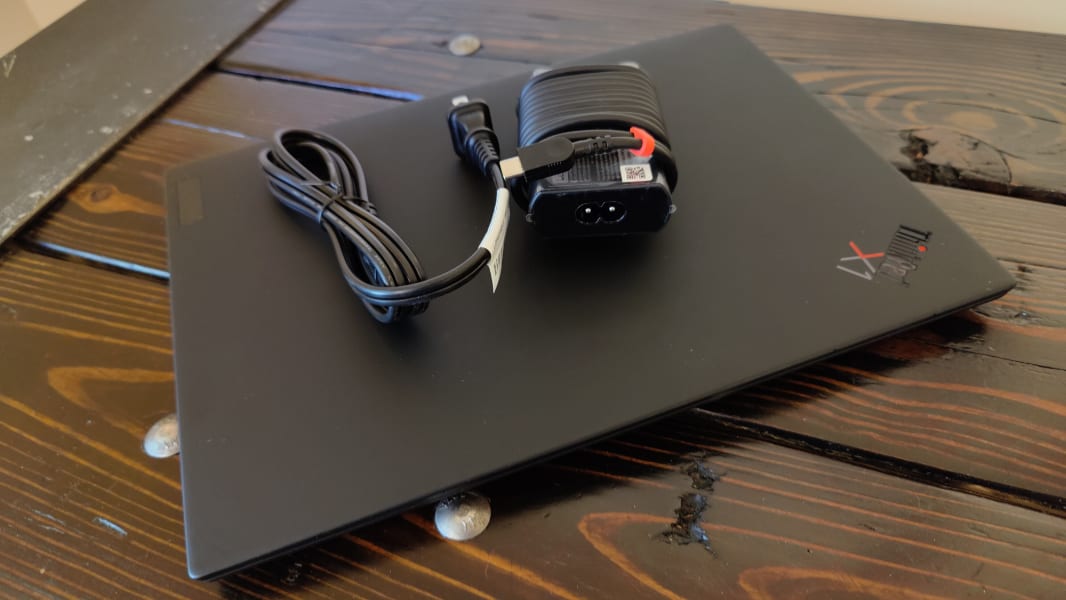Lenovo ThinkPad X1 Nano First Impressions
- Paul Thurrott
- Apr 02, 2021
-
23

The Lenovo ThinkPad X1 Nano takes the notion of a thin and light Ultrabook to a new extreme, and I mean that in a good way.
My literal first impression of the X1 Nano came as I lifted it out of its box. Was it really this light? As it turns out, yes: Despite its 13.3-inch display panel, the ThinkPad X1 Nano weighs just 2 pounds. That’s about 1 pound lighter than the typical Ultrabook, so it’s about 30 percent lighter than most of its competition. It’s also the lightest ThinkPad that Lenovo has ever made.
Windows Intelligence In Your Inbox
Sign up for our new free newsletter to get three time-saving tips each Friday — and get free copies of Paul Thurrott's Windows 11 and Windows 10 Field Guides (normally $9.99) as a special welcome gift!
"*" indicates required fields

Of course, when you shave that much weight off of a laptop, something’s gotta give. And sure enough, the keyboard and wrist rest are both a bit smaller than full-sized, though they appear perfectly adequate for the job. The display doesn’t support multi-touch or smartpens, which is fine on a laptop-class PC. And there are only two USB-C/Thunderbolt 4 ports, both on the left side of the PC, as with the Apple MacBook Air.

That’s not ideal, but Lenovo is probably making a good bet that an audience exists for a laptop this thin and light and that they will put up with the absence of any legacy ports. And ThinkPads buyers, unlike Apple fans, at least have many choices with those ports if that’s what they need.

Beyond its epic thinness and lightness, there’s a lot more to like about the Nano. That display sports a desirable 16:10 aspect ratio, making it more ideal for productivity work than more typical 16:9 displays. And it sports a very high, if unusual, 2160 x 1350 resolution. Oddly, the bezels are bigger than I’d expect in such a PC.

The build quality is also exactly what we’ve come to expect from ThinkPad, and with its carbon-fiber top and magnesium-alloy bottom, it offers the same durability promises as well.

Internally, the Nano is all modern. It’s powered by 11th-generation Intel Core processors—a Corei7-1160G7 in the case of the review unit—up to 16 GB of RAM, and up to 512 GB of PCIe NVMe SSD-based storage. As an Intel Evo PC, the Nano also sports Intel Iris Xe Graphics, which is perhaps the biggest step up when comparing this processor generation over the previous. It also sports Wi-Fi 6 and Bluetooth 5.1.

The Nano also supports Windows Hello fingerprint recognition via a small, square sensor on the right wrist rest, and Windows Hello facial recognition via the 720p webcam, which even has a manual cover for privacy.

The ThinkPad X1 Nano starts at about $950 for a configuration with a Core i5 processor, 8 GB of RAM, and 256 GB of storage. That’s quite reasonable, but the review unit with its Core i7 processor, 16 GB of RAM, and 512 GB of storage is currently about double that cost, which seems exorbitant.

More soon.